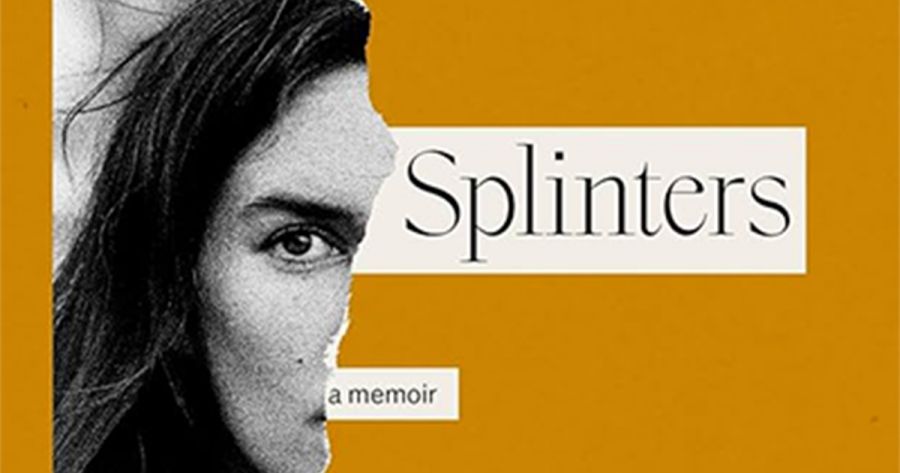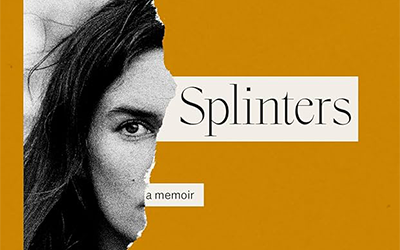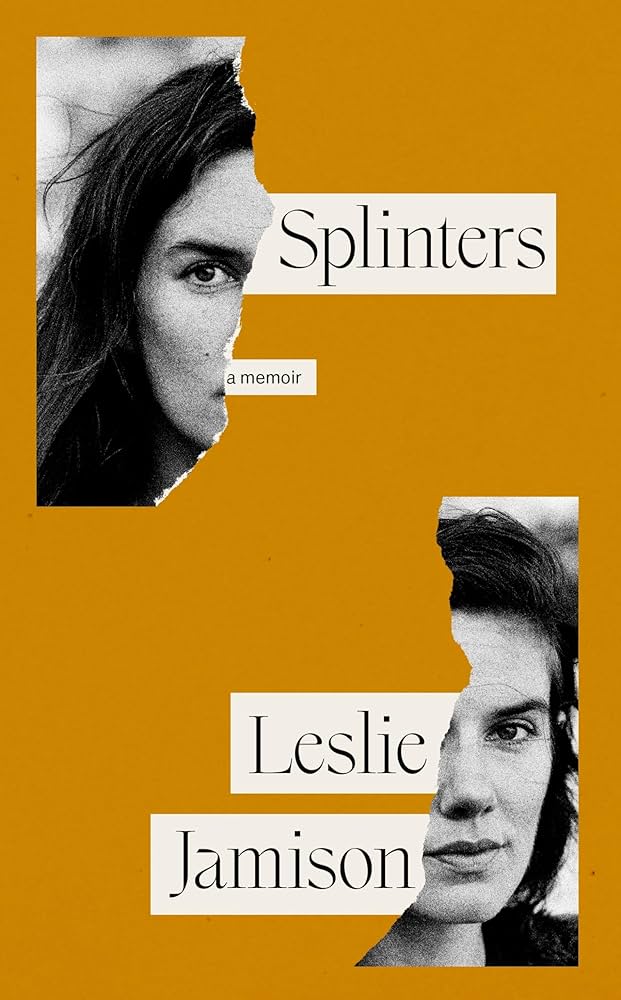
- Free Article: No
- Contents Category: Memoir
- Review Article: Yes
- Article Title: Get specific
- Article Subtitle: Facing life in all its gritty detail
- Online Only: No
- Custom Highlight Text:
Leslie Jamison never smooths over the thorny edges of life. Her first memoir, The Recovering: Intoxication and its after-math (2018), recounts her journey from addiction to sobriety – or, rather, the cycle of addiction, denial, acceptance, sobriety, and relapse that defined her path to sobriety. Like all members of Alcoholics Anonymous, she is not alone in this messy recovery, and her first memoir reflects this by incorporating a multitude of other stories to sustain its central narrative. As with many of Jamison’s essays in The Empathy Exams (2014) and Make It Scream, Make It Burn (2019), The Recovering connects her own subjectivity to the stories of others.
- Featured Image (400px * 250px):

- Alt Tag (Featured Image): Beth Kearney reviews ‘Splinters: A memoir’ by Leslie Jamison
- Book 1 Title: Splinters
- Book 1 Subtitle: A memoir
- Book 1 Biblio: Granta, $34.99 hb, 272 pp
- Book 1 Cover Small (400 x 600):

- Book 1 Cover (800 x 1200):

In her second memoir, Splinters, Jamison focuses far more expressly on her own life. And she looks closely, zooming in on the things that chisel her experience, that create life’s jagged edges. She faces life in all its gritty detail and, by refusing to simplify paradox or resort to cliché, generates a sense of honesty and authenticity.
The book opens in the wake of two events: the collapse of Jamison’s marriage and the birth of her daughter. With an occasional sprinkling of humour, she confronts both the pains and pleasures of this aftermath, dwelling not just on the actions and events that wound herself and others, but on her weaknesses and shortcomings: she gave up on a marriage, she smokes on her stoop when away from her daughter, she exhausts a stalwart friend with the tumults of her life, she finds a new addiction in sugar, and, like the sober alcoholic that she is, she always wants more.
Splinters has no clear plot in the traditional sense. Structured by three exposés titled ‘Milk’, ‘Smoke’, and ‘Fever’, it is loosely chronological, tracing Jamison’s life as her baby grows into a toddler.
The book looks back to the time prior to her separation from ‘C’ (the writer Charles Bock) and acknowledges the spectres haunting her life as a newly single mother. At times, Splinters feels like a series of anecdotes about the rhythm of life as a mother, writer, teacher, daughter, and friend who moves through beauty and mundanity, energy and exhaustion, eternal friendships and worn-out love and lust. But these anecdotes hold the book together; they provide the specifics that create not just sincerity, but emotional intensity. From the first lines, Jamison shows that the particularities of a given moment are the threads that constitute the fabric of life, its bigger picture: ‘The baby and I arrived at our sublet with garbage bags full of shampoo and teething crackers, sleeves of instant oatmeal, zippered pajamas with little dangling feet.’
Most striking, perhaps, is her attention to the body. Jamison writes of her baby’s soft skin, as well as spit, shit, and the tattoos on her ex-husband and a new lover. The most memorable body, however, is that of the mother, whom she describes with an enormous range of emotional depth. She repeatedly reflects on breastfeeding, her sense of servitude to the baby and the breast pump, and the flap of skin above the scar on her abdomen, a reminder of her emergency caesarean section. When she writes of her own mother, her words bristle with gratitude, but also recognition. Jamison explains, for instance, that when she held her baby for the first time, she finally understood how much her own mother loved her, that she ‘could hardly stand the grace of it’.
In Splinters, others appear only in relation to the narrating self. Some readers may find that Jamison leans too heavily into the corporeal and the sentimental, and that, in so doing, she obscures the universality of her anecdotes. This criticism cannot be disentangled from considerations of gender: memoir examining the body and emotions has long been cast as a trivial, ‘feminine’ mode divorced from the rational tenor of writing coded as ‘masculine’. Jamison, who departs from her tendency to incorporate others into her non-fiction, risks facing the tired rebuke of feminine ‘navel-gazing’ (a term that conveniently associates self-absorption with the scar, recalling a physiological attachment to the mother). She appears to anticipate this criticism by connecting bodily experience to broader social concerns. When, for example, she struggles to find a place to breastfeed at university, she judges that it ‘was the institution’s fault, making women run around begging for the basic things their bodies needed’.
Jamison tackles the complexities of lived experience head-on, often by focusing on paradox. She describes grief, loss, and impermanence, while also emphasising the eternal: her mother, who made all the book tours possible; her friends, who showed up with power tools to build furniture after moving house. The things that made Jamison leave her marriage are inseparable from the aspects of her ex-husband that she loved – these aspects still exist, but not for her.
These splinters of experience prick and sometimes remain lodged in the body long after the initial puncture. Splinters wound, but they are also, sometimes, surrounded by beauty: a mother, devoted and exhausted, grins back at her daughter, whose smile is sticky from the seeds and juice of a cherry tomato. Jamison shows that paradox and contradistinction render experience rich, and reminds us that the magical parts of life perhaps wouldn’t feel so good if they weren’t predicated on scarcity or the risk of erosion.
Jamison knows, too, that the prickly details – the ones that sting – are what animate her non-fiction. She tells her creative writing students: ‘dislodge the cocktail-party version of the story […] to get at the more complicated version lurking beneath the anecdote’.
Later, she tells of the end-of-semester cake she offered her cohort. Its red frosting says it all: ‘get specific’.


Comments powered by CComment